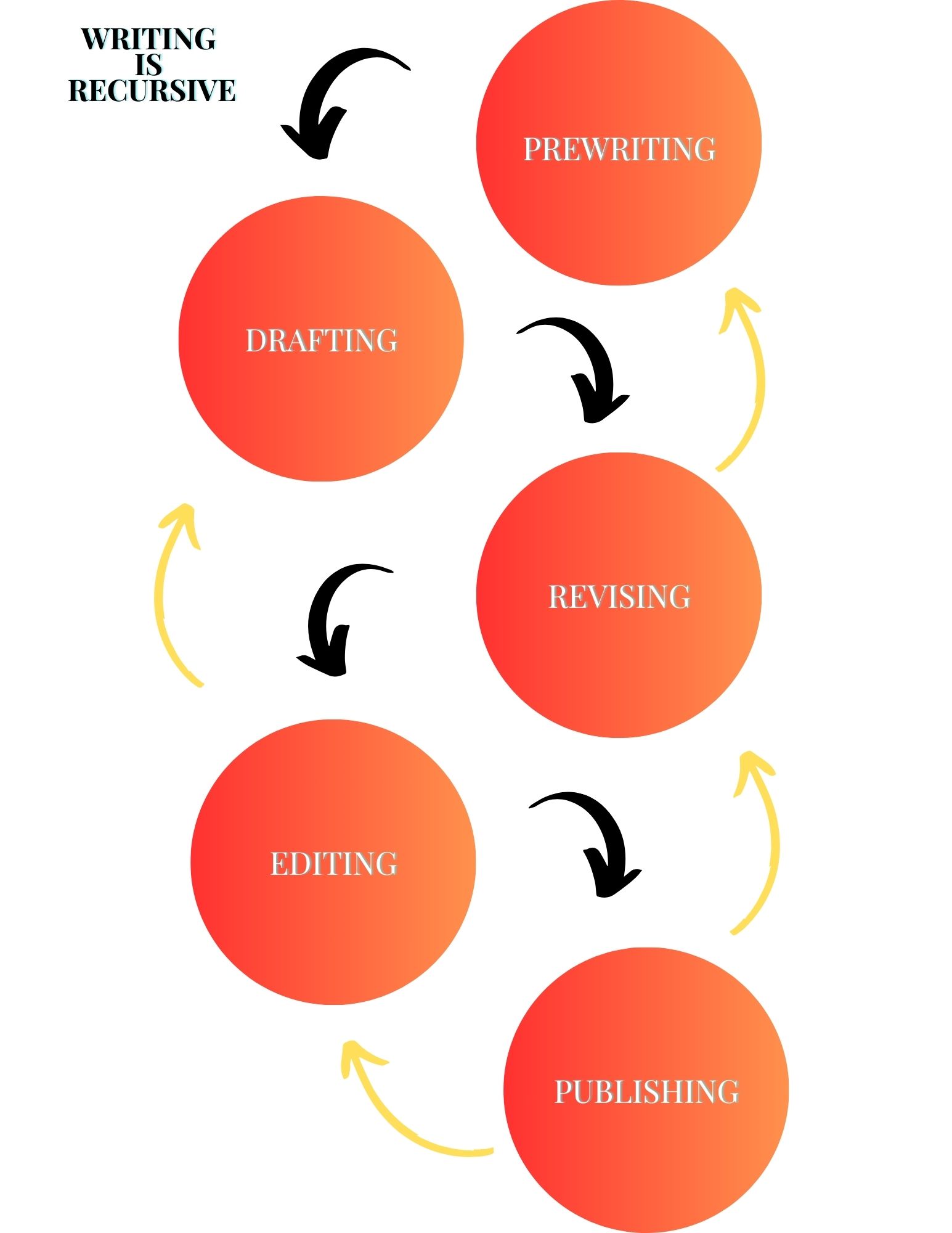The romance genre is one replete with many types of texts, from swashbuckling adventure to love-lost and pining. Today on the blog, we are going to examine “The Highwayman” by Alfred Noyes. Noyes’s poem fits in the romance genre for a number of reasons, and we will explore those today.
What is the Romance genre?
To start, the romance genre is filled with a myriad of conventions, from it’s “treatment of chivalry” to its focus on love. However, it also features distinct moments of adventure. Examples of this could be from The Last of the Mohicans by Daniel Dafoe or The Three Musketeers by Alexandre Dumas, both of which feature characters haranguing about love while out on desperate adventures of danger and violence.
Summary of The Highwayman by Alfred Noyes
The poem by Noyes is a narrative poem set in the 18th century. It tells the story of a highwayman who is in love with the landlord’s daughter, Bess. The flamboyant highwayman leads a double life of robbery and love. The tale is a tragedy, as Bess sacrifices herself to warn the highwayman of a trap set by the authorities. The poem focuses on themes of love, chivalry, and adventure, with a focus on a folkloric ending, as it is said that the highwayman continued riding to the old inn-door even after his untimely death.
How The Highwayman fits these conventions
The poem “The Highwayman” by Noyes is a captivating piece that artfully fits within the conventions of the romance genre. The narrative unfolds in a setting of moonlit moors and an old inn, creating an atmospheric backdrop synonymous with romantic tales. The elements of the poem, from the wind as a “torrent of darkness” to the moon as a “ghostly galleon,” set a mysterious and enchanting tone that is characteristic of romantic literature.
Noyes writes: “The road was a ribbon of moonlight over the purple moor, / And the highwayman came riding– / … / The highwayman came riding, up to the old inn-door.” This scene sets up a romantic setting while also emphasizing adventure–danger–and a chivalrous hero.
That is to say, the protagonist, the highwayman, epitomizes the romantic hero with his bold and dashing presence. Clad in a French cocked-hat, claret velvet coat, and riding a fantastic horse, he embodies the archetype of a charismatic and adventurous hero. The vivid descriptions of his attire and the moonlit landscape contribute to the romantic aesthetic, drawing readers into a world of passion and danger.
The central love story between the highwayman and Bess, the landlord’s daughter, adds emotional depth to the poem. Their secret rendezvous and whispered promises beneath the moonlight evoke the classic theme of forbidden love, a hallmark of romance literature. “One kiss, my bonny sweetheart, I’m after a prize to-night,” says the highwayman. “But I shall be back with the yellow gold before the morning light;”
Bess, a tragic heroine, further enhances the romantic elements as she sacrifices herself to save her beloved highwayman. Her devotion and the tragic turn of events amplify the emotional impact, which aligns itself with the romantic tradition of love and sacrifice.
Additionally, the poem fits into two parts, which makes it more narrative in nature. As such, the structure of the poem exemplifies a story-driven excursion into storytelling, even through poetry. This narrative feel is very much in line with other romantic genre pieces, such as Dafoe’s The Last of the Mohicans and Dumas’s The Three Musketeers.
Conclusion
Noyes’s poem “The Highwayman” masterfully incorporates the conventions of the romance genre through its atmospheric setting, charismatic characters, forbidden love, and tragic outcome. As such, the author weaves a tale that not only engages readers with its vivid imagery but also resonates with the timeless themes that define classic romance poetry.
Works Cited
Noyes, Alfred. “The Highwayman.” Collected Poems. 1947.







